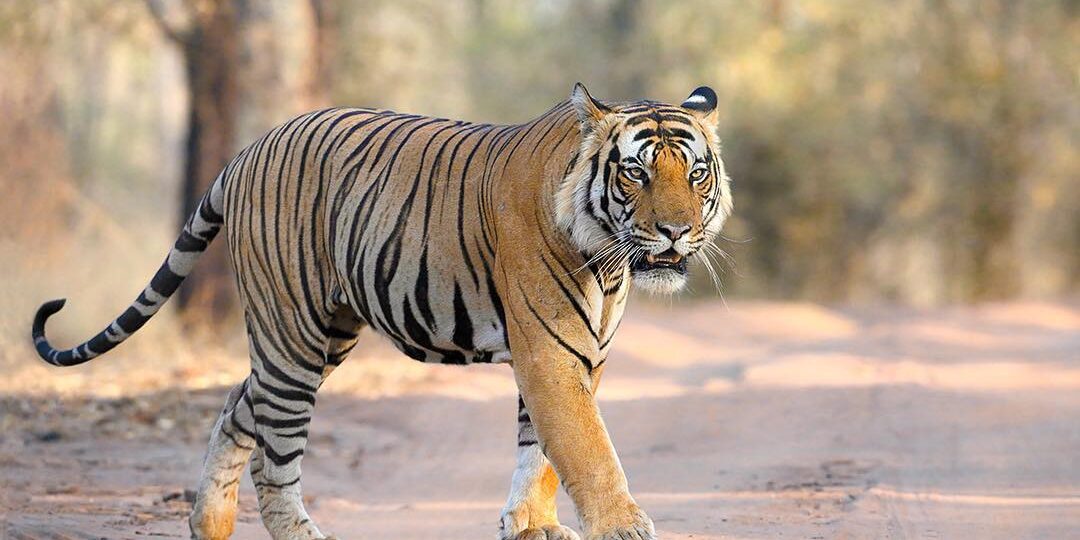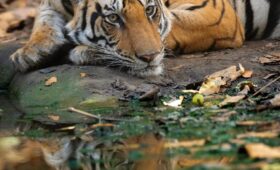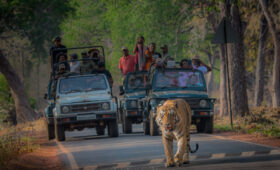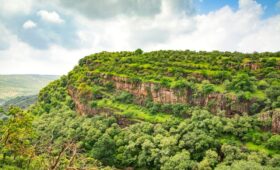The 22nd tiger reserve of India and the fifth in the state of Madhya Pradesh, Panna National Park is located in Panna and Chhatarpur districts. Known worldwide for its plentiful wildlife and avifauna, the national park covers an area of around 542.67 km square. The park is famous for its attractions like wild cats, including tigers as well as deer and antelope. It is also an abode for more than 200 species of birds.
Jungle safari in this widely famous sanctuary is an exciting experience. The jeep passes through the dense teak forests and picturesque gorges. It is entirely fascinating to see the diversity of flora and fauna. If you are lucky, you will spot unique animals like spotted deer or chital, black buck, the Indian gazelle or panthers. When it comes to the vegetation of the Panna National Park, you will find distinct types of eccentric plants. Besides being a paradise of wildlife fanatics, the national park has a natural splendour too. Magnificent gorges and mesmerizing waterfalls are a treat to the eyes. Boating in the Ken river adds up to make your trip a perfect one.
Recommended Tour Packages
1.Jungle Safari
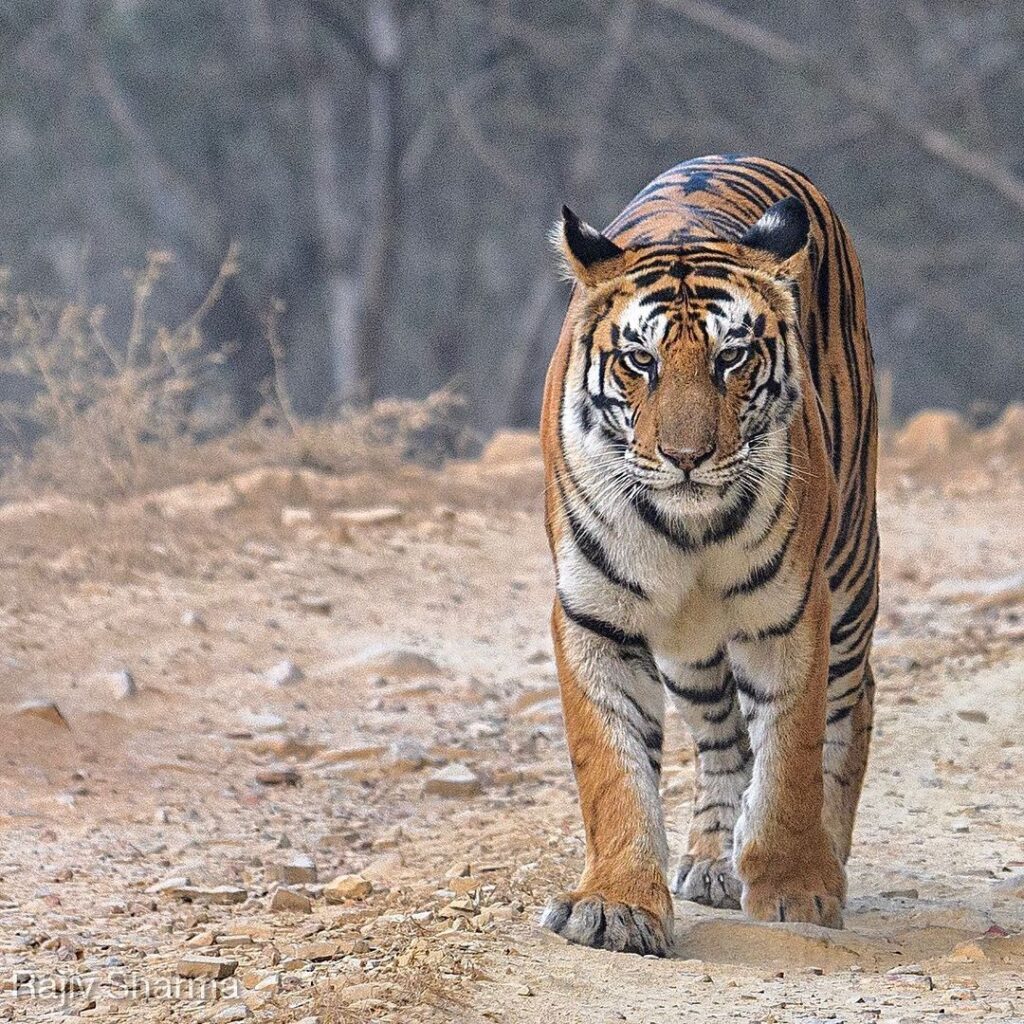
Credit : Rajiv Sharma
As you pass by the old Teak Forest of Panna, such supreme feeling you’d get, without doubt, you will feel like you are enjoying a never-ending holiday. This wildlife destination of India is one of the best national parks located in Madhya Pradesh and it is home to rich avifauna, reptiles, and mammals.
Here the wild species such as wolf, wild dog, hyena, caracal, sloth bears, chinkaras, sambhar and also the big cats like the royal tigers, leopard, and cheetahs can be seen.
The floral species of Panna National Park will also rejuvenate one’s spirit and provide ample scope for nature photography. The prominent floral species are Bel, Mahua, Amla, Kullu, Achar, Salai, Saja, Tendu, etc. One must not miss Panna’s 200 avifauna species that include species like a bareheaded goose, king vulture, honey buzzard, paradise flycatcher, blossom headed parakeet and white necked stork.
Wildlife Jungle safari is one of the best things to do in Panna National Park, which has three different regions with Madla and Hinauta being the two main entrances to the park. The Madla Region is more convenient for hiring a guide and a jeep, it also provides a greener patch of land serving home to some herbivore mammals. The Hinauta Region is quite the opposite, it is rocky and dry, but a perfect place for tiger sighting as well as spotting of leopards; sloth bears can also be found.
Note : Most Panna National Park safaris start from Madla and jeep rentals as well as guides are available here.
2. Elephant Safari
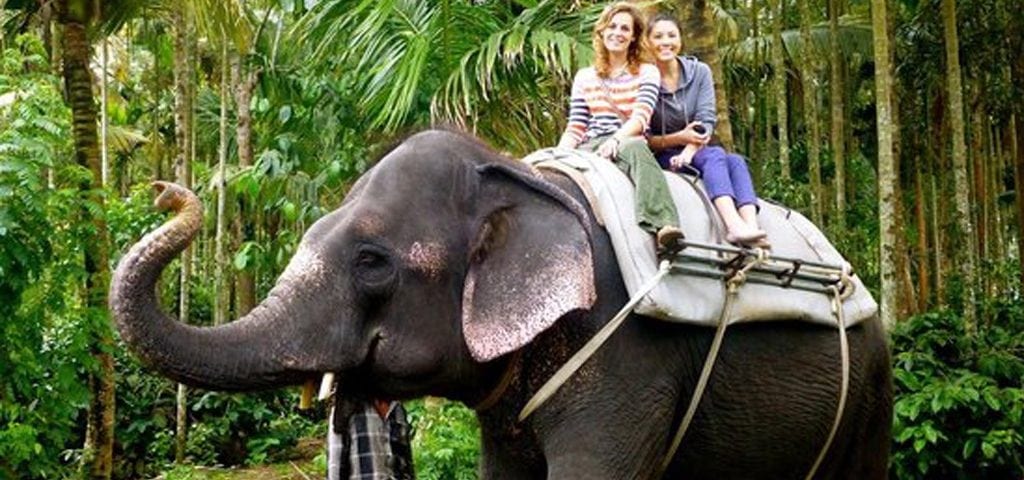
Elephant safari is another type of Panna National Park safari that is essentially adventurous in its character. You can roam around in the lush green jungle along with a guide on the back of an elephant, gazing at the farther distance as compared to jeep safari.
You are more likely to see a tiger on an elephant safari. The unique activity is enthralling and thrilling, and you won’t be disappointed to take up this ride.
3. Raneh Falls and Ken crocodile sanctuary
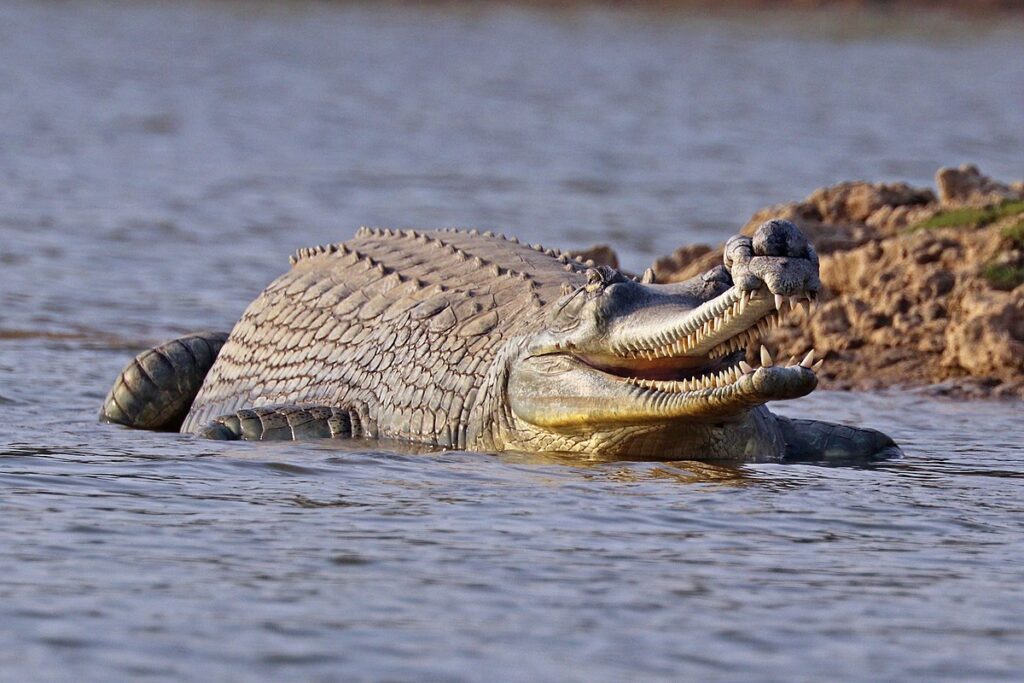
Visitors are advised to take a grand tour of the Raneh Falls either in the morning or the afternoon in an open Jeep from whichever hotel you are staying in. The excursion is the best manner in which you can see not only the Ken River but the canyons and the waterfalls, all from their vantage points, rather than travelling along with a crowd.
The Ken River canyon shows off its granite in varying colours that range from pink to red to grey. There are a number of waterfalls in the canyon both large and small and all these run right through the year. During the monsoon season additional seasonal falls make their appearance. Raneh Falls is right where the park starts and is formed by the Ken River gurgling over rocks before the dawn of history. You may need the services of a guide to familiarise you with the animals and plants found near the falls.
The Ken Crocodile sanctuary is located close to the Raneh Falls. Here you may find chinkaras and gharials besides blue bulls and peacocks. The view all around is absolutely marvellous with the Ken River weaving through a narrow gorge made of igneous rocks that are rich in both granite and dolomite stone. The track is not smooth. You will be comfortable in an SUV class vehicle.
Distance From Panna National Park : 99 KM
4. Pandava Falls and Caves
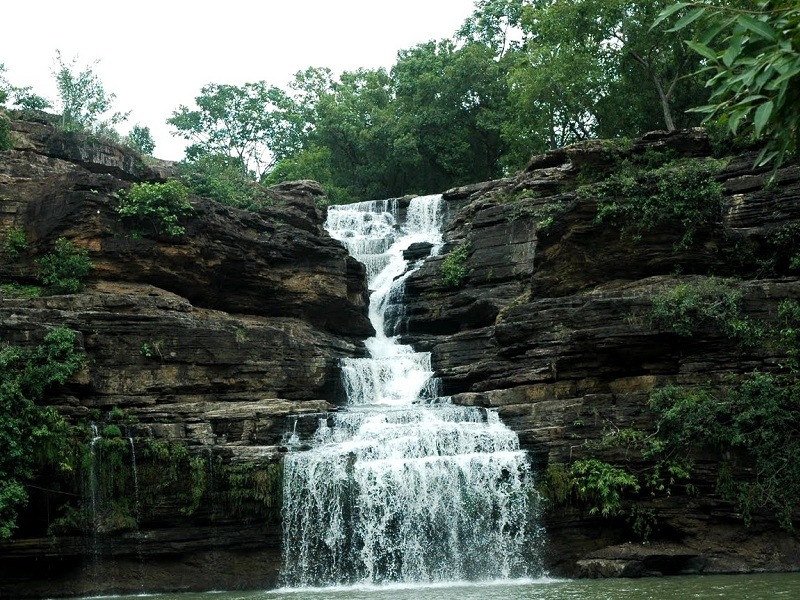
As has been mentioned in some travel brochures, Pandava Falls is a bit of myth, a bit of history and a lot of nature! This is very true. It is said that the Pandavas stayed in these caves while on their exile. When you go around India you will find several caves and other places where the Pandavas have visited while they were on their exile. Such claims are not questioned. You must admire both the falls and the caves that are inside the area of the Tiger Reserve.
Pandava Falls cannot be called a destination. This is one of the natural sites to be admired when you come to visit the Panna National Park. But, there is no doubt that the falls, about 30 m in height, is not to be missed. Located on the tributary of Ken River which passes through the Reserve, the falls is a result of one small stream breaking off from Ken River and then rejoining the river prior to Raneh Falls. The falls is beautiful during the monsoon but there is more to it than just that.
The falls has given rise to natural limestone formations of stalactites and stalagmites and the Pandava caves as a result. What is interesting is that there are five of these caves just as one would expect because of the Pandavas who were five. There is now a historical link. The revered freedom fighter Chandrashekhar Azad had held a meeting of fellow revolutionaries at this spot on 4 Sep 1929. You will therefore see a bust of Azad near the parking lot.
You will be entranced because there is more. There are clear pools of potable water with lots of fish. Much of the water that you see is from underground sources and not merely from the falls. You will also see the sculptures that were found in this area and these resemble those that you will see in Khajuraho where you will surely go for a visit. Finally, you will find a large number of birds here, both domestic and migratory. Wild life, such as the bear are regular visitors here.
Distance From Panna National Park : 70 KM
5. Diamond Mines
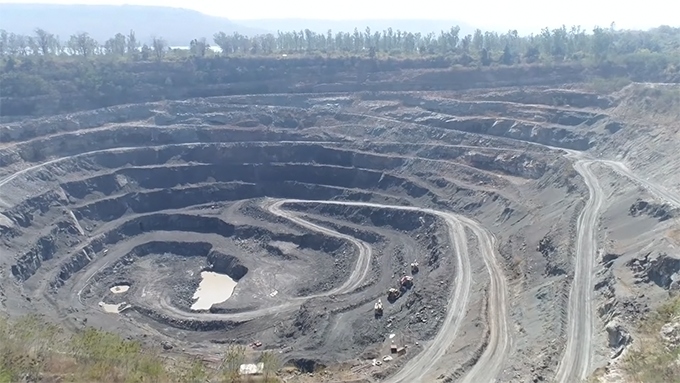
The biggest diamond mine of Asia is located in MP and it is active as well. A tour of the Panna diamond mine is important so that you are not left with any unanswered question on the subject of diamond mines in general. The Majhagaon diamond mine, as it is known, covers an 80 km belt with a width of about 30 km. The diamond mine is located around 55 km from Khajuraho. The mine is being supervised by the Diamond Mining Project of the NMDC under the Government of India. A tour of the diamond mines is an amazing experience and must be taken.
Distance From Panna National Park : 75 KM
6. Jugal Kishoreji Temple
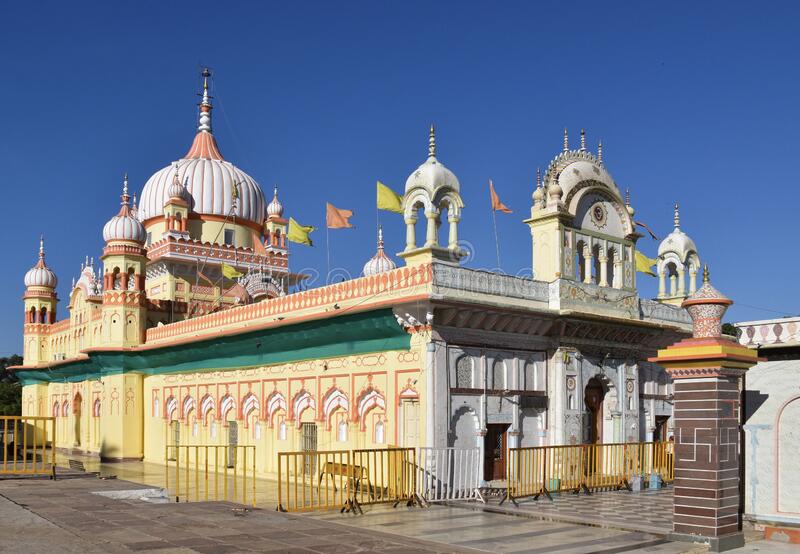
The Jugal Kishoreji Temple is perhaps the most important Hindu temple among all the temples in Panna. Inspired by the Bundela temple style, the architecture of the temple is most impressive. A tour of this temple is supposed to be just as important as the Char Dham Tour. The temple was built during the reign of the Bunela King of Panna, Raja Hindupat Singh who ruled for 20 years from 1758.
Distance From Panna National Park : 60 KM
7. Mahamati Prannathji Temple
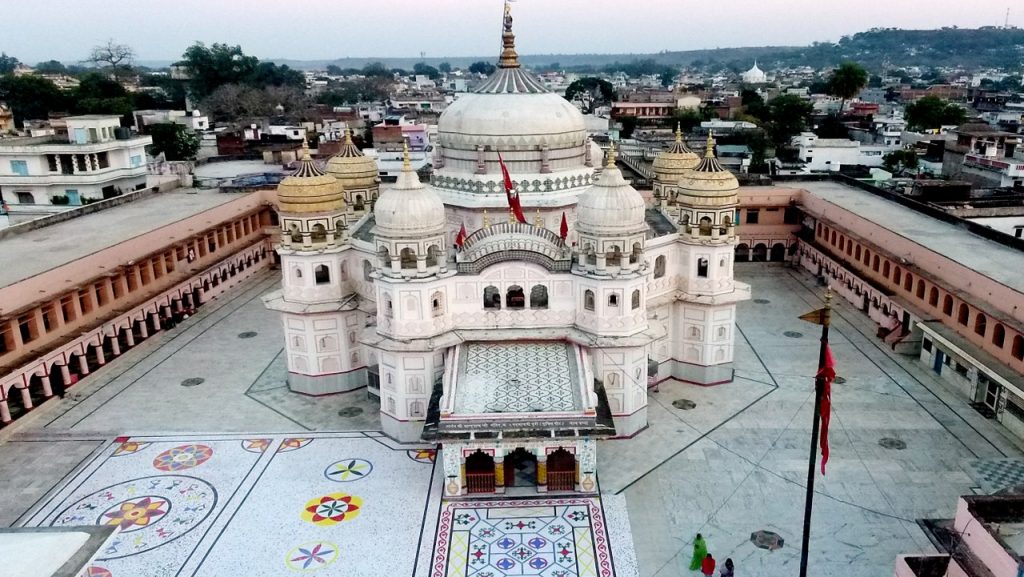
Mahamati Prannathji Temple was built in 1692 in a typical Hindu-Muslim architectural style. This is a popular tourist site which attracts hundreds of devotees all through the year. The crowd is larger during the Sharat Purnima period which celebrates the harvesting season. The shrine has a major attraction in its nine marble domes and the lotus structures that are all around. While the central dome has a golden vessel or kalash, the eight domes symbolise the 8 directions. There is an arati in the evening which is both elaborate and very enjoyable.
Distance From Panna National Park : 60 KM
8. Khajuraho: Visit the Land of Erotic Sculptures
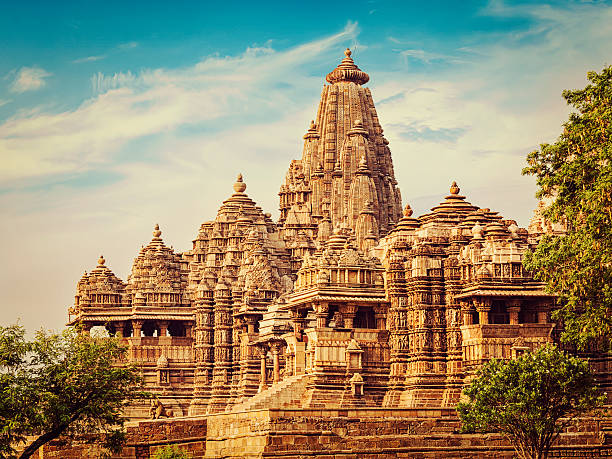
There was a flurry of activity to build monuments during the reign of the Chandela dynasty between 950 and 1050 AD. During the 12th century there were a total of 85 temples built by the Chandelas and these were spread over 20 sq. km. Today, sadly, there are only 25 temples that have survived and these are spread over 6 sq. km. The presence of these 35 Hindu/Jain temples, that are now a World Heritage Site as listed by UNESCO, is most significant. The heritage temples are a viewer’s delight and these must be seen by one and all.
Distance From Panna National Park : 100 KM
9. Sound and light Show Khajuraho
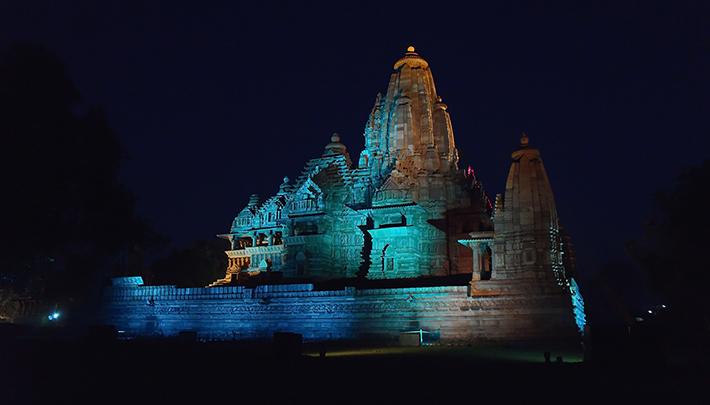
It is a good idea to combine your trip to Panna National Park with a visit to the famed temples of Khajuraho. When you visit Khajuraho do try and make it for the Sound and Light Show which is just amazing. The popular show is an evening activity and there is an entrance fee. There are two shows, one each in Hindi and English. The timings of the show are different for the period from October to February and March to September. Kindly note that there is an annual dance festival in February each year and this is held in the same area as the Sound and Light Show. Therefore, for the week during which the dance festival is held, naturally the Sound and Light Show is cancelled. The voice in the pre-recorded show is that of Amitabh Bachhan. The show is very enjoyable and must be attended.
Distance From Panna National Park : 100 KM
10. Dhubela Museum
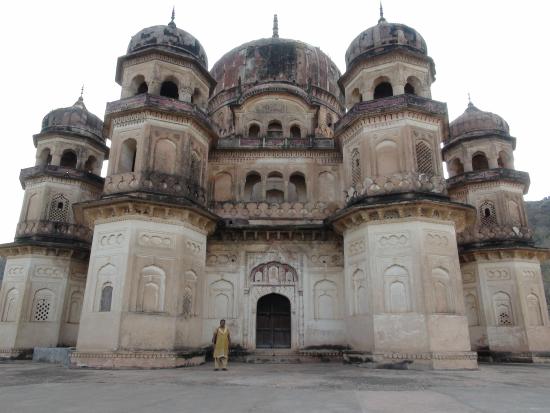
Dhubela Museum, also known as Maharaja Chhatrasal Museum is housed inside an old fort at Dhubela. The courtyard palace is on the edge of a beautiful lake surrounded by hills. This museum is a storehouse of antiques and artifacts.
The museum comprises of 8 galleries, of which two galleries display inscriptions, Sati pillars, copper plates, lingas and inscribed images of the Gupta and Kalachuri period. The museum also houses an extensive range of sculptures of the Shakti cult.
The Arms Gallery showcased in the museum includes the weapons like swords, bows and arrows, shields, maces, cannons and grenades. In the Amusement Gallery of the museum, there are convex-concave mirrors strategically placed so that visitors can see distorted and funny images of themselves. Visit this museum to explore and know about the history and culture.
Distance From Panna National Park : 150 KM
11.Ajaygarh & Kalinjar Fort
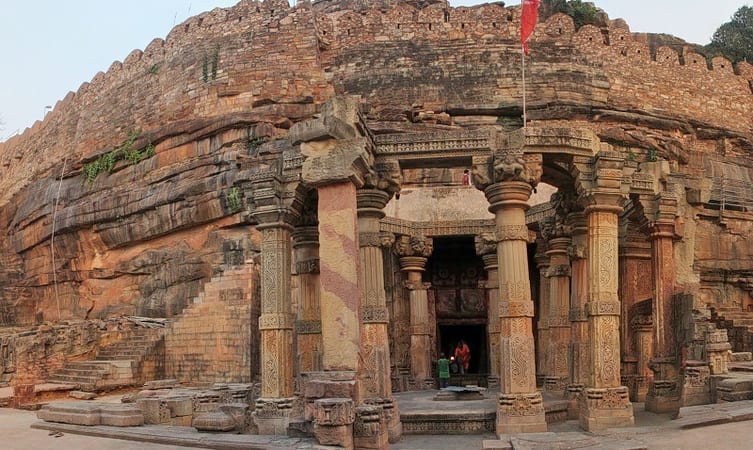
The Ajaygarh Fort is located at an altitude of 1,111 m on a steep hill and is bordered by striking Vindhya Hills. You have to climb 600 stairs in order to reach the top. Upon reaching the top, one is greeted with magnificent views of the River Ken which makes the hike worth it.
The fort has two gates, two temples and rock-cut tanks namely Ganga and Yamuna. You can hike for exceptionally scenic views and the beautiful architecture of the fort.
The Kalinjar Fort stands on an isolated rocky hill on the last spur of the Vindhya Range. The fort was built by Chandela kings during the 10th century. This fort is a treasure trove for history lovers with its rich collection of monuments, artifacts, and temples.
Highlights: Exceptional Indian monuments, architectural beauty, and archaeological site.
Distance From Panna National Park : 140 KM

